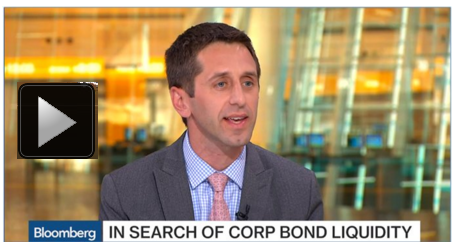
Interviews earlier this year with nearly 60 global bond investors found that more than expected - 29% - either currently make prices in the corporate bond market or plan ton do so in the next 12 months. In and of itself this finding speaks of huge change. Until recently the only method the buy side had of deciding at what price they could trade a bond was calling a dealer. But now, mainly via new all-to-all electronic trading platforms, they can tell the market at what price they're willing to buy and sell a bond.
However, it is important to note that the buy side's ability to make a price in the market does not make them market makers. Per our latest research:
Market makers are expected to provide on-demand liquidity for a fee—a role only bond dealers have and will continue to fill. They take risks with their balance sheet to service clients, and profit accordingly. Investors make money by generating beta, and at times alpha, for their clients.
The main differences between a market maker and a price maker are both timing and intent. Market makers either continuously provide two sided quotes or are willing to do so at any time on demand. They do this to make money by facilitating the trades of other via spread capture. A buy side price maker does not continuously provide quotes and makes money generating investment returns for their clients.
Buy side price making in the bond market isn't all that different from using a limit order in the equity market. Using a limit order, as I might do in my online brokerage account, does not make me a market maker. Am I providing liquidity to the market? Sort of. But I am certainly not providing continuous two sided liquity for profit.
This is not just an argument over semantics. It speaks to the underpinnings of corporate bond market structure and the roles the market participants play now and will play in the future. Dealers take risk trading to make money and keep the market moving; investors trade to, well, invest, and neither of those things is set to change.


